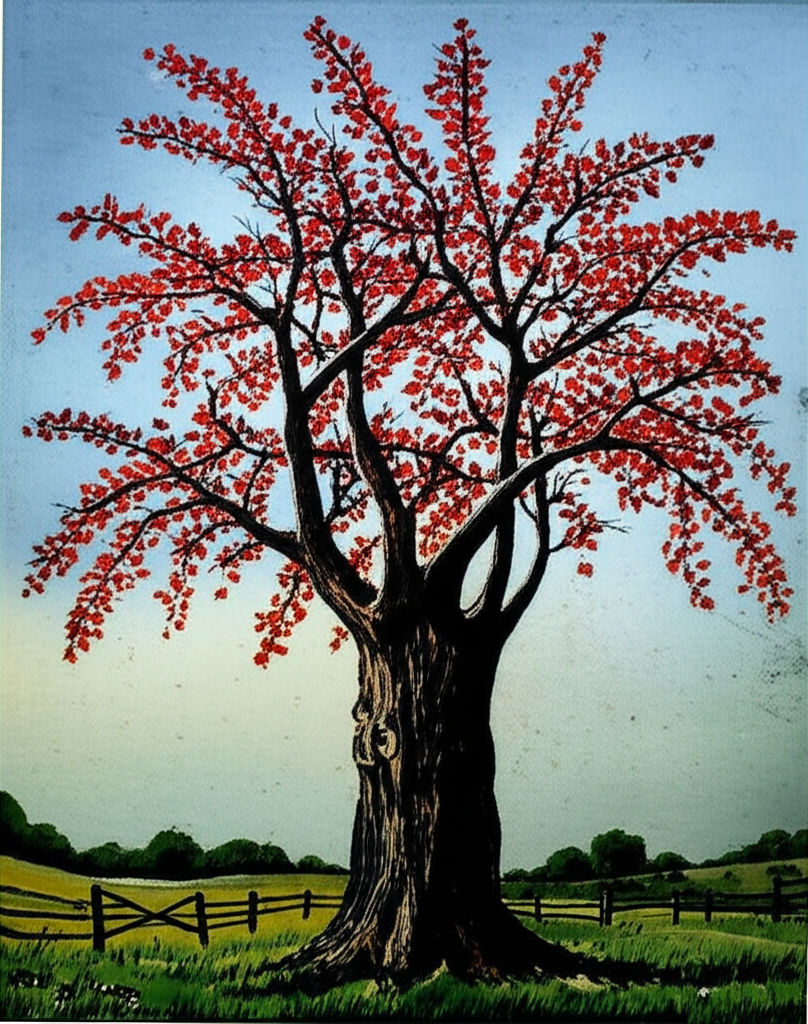
The superstition surrounding the hawthorn bush, particularly the belief that cutting down a lone hawthorn will bring death or misfortune, is deeply rooted in history, folklore, and cultural beliefs. This seemingly simple act carries a weight of symbolism and historical context, making it a potent superstition across various cultures.
Historical Background:
The reverence for the hawthorn can be traced back to ancient Roman times. Pliny the Elder, in his ‘Natural Histories,’ documented the belief that damaging a thorn bush would incur the wrath of the gods, resulting in thunderbolts striking the offender. For the Romans, lightning symbolized the anger of Jove, highlighting the gravity of such an offense. Hawthorn itself held a sacred status; its branches were used as torches in marriage ceremonies, and its leaves were tied to cradles to protect infants from evil spirits.
Cultural Beliefs:
As pagan beliefs gave way to Christianity, the hawthorn’s image underwent a transformation. Similar to many plants significant in pagan mythology, the Christian Church often demonized the hawthorn. A key element in this shift was the association of the hawthorn with the crown of thorns placed on Jesus during the crucifixion. This connection led to the belief that bringing hawthorn flowers indoors was an omen of death. Further, the tree became associated with witchcraft, believed to be used by witches to inflict pain on their victims through spells.
Evolution of the Superstition:
The superstition surrounding the hawthorn evolved and persisted through centuries. In 1792, ‘The Old Statistical Account of Scotland,’ a comprehensive survey of the country’s people, economy, and geography, documented the superstition surrounding the hawthorn. The account noted the “mortal dread” local people held towards lopping or cutting any part of a specific, ancient thorn bush, affirming that those who dared to harm it would be “severely punished for their sacrilege.” This fear was presented not as a mere concern, but with “religious horror.”
The dangers of disturbing thorn trees were also highlighted in Irish poet William Allingham’s 1850 work, ‘The Fairies,’ which warned that anyone daring to uproot a thorn tree would face the plant’s “sharpest thorns” in their bed at night. This literary reference demonstrates the pervasive nature of the superstition in folklore and popular culture.
Modern Interpretations:
Beyond the supernatural, practical explanations for the hawthorn’s association with misfortune also exist. In medieval England, the scent of hawthorn blossoms was often compared to the odor associated with the Black Death, which devastated London in 1665. This comparison, while rooted in a shared scent, created a sensory link between the hawthorn and death, further reinforcing the superstition. Modern science has identified Trimethylamine, an organic compound found in decaying animal tissue, as the source of this similar odor. This scientific discovery may explain why, even among those not particularly superstitious, there exists a reluctance to bring hawthorn blossoms indoors, solidifying the enduring aversion towards the plant and its association with ill-fortune and even death.